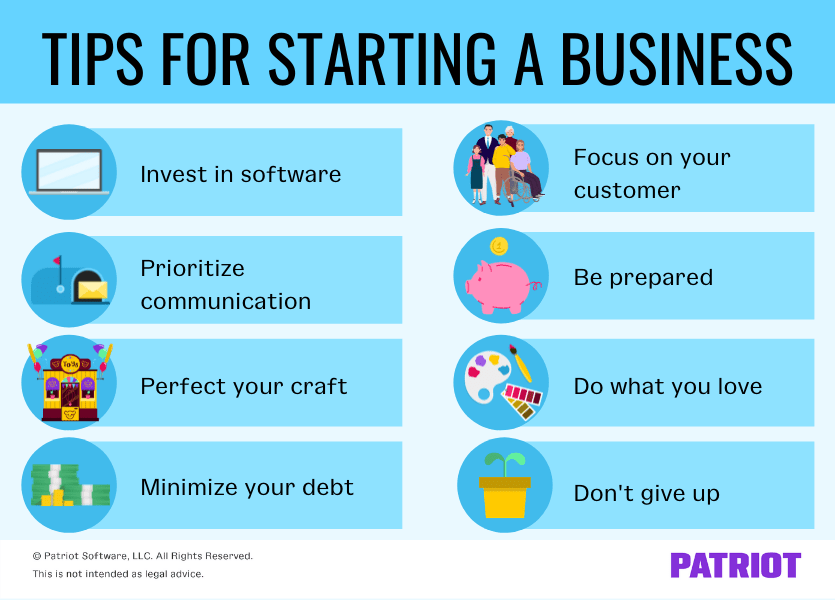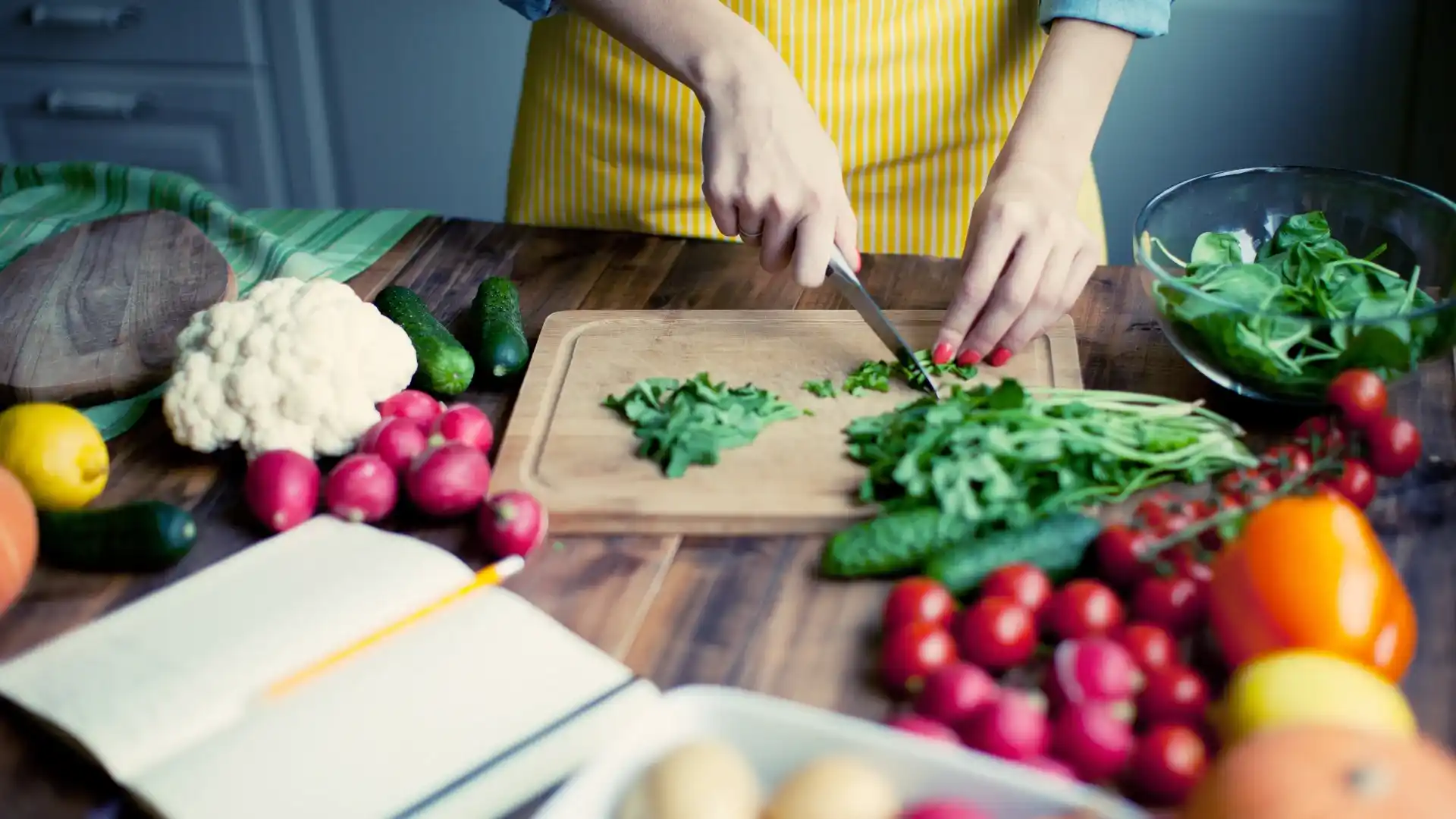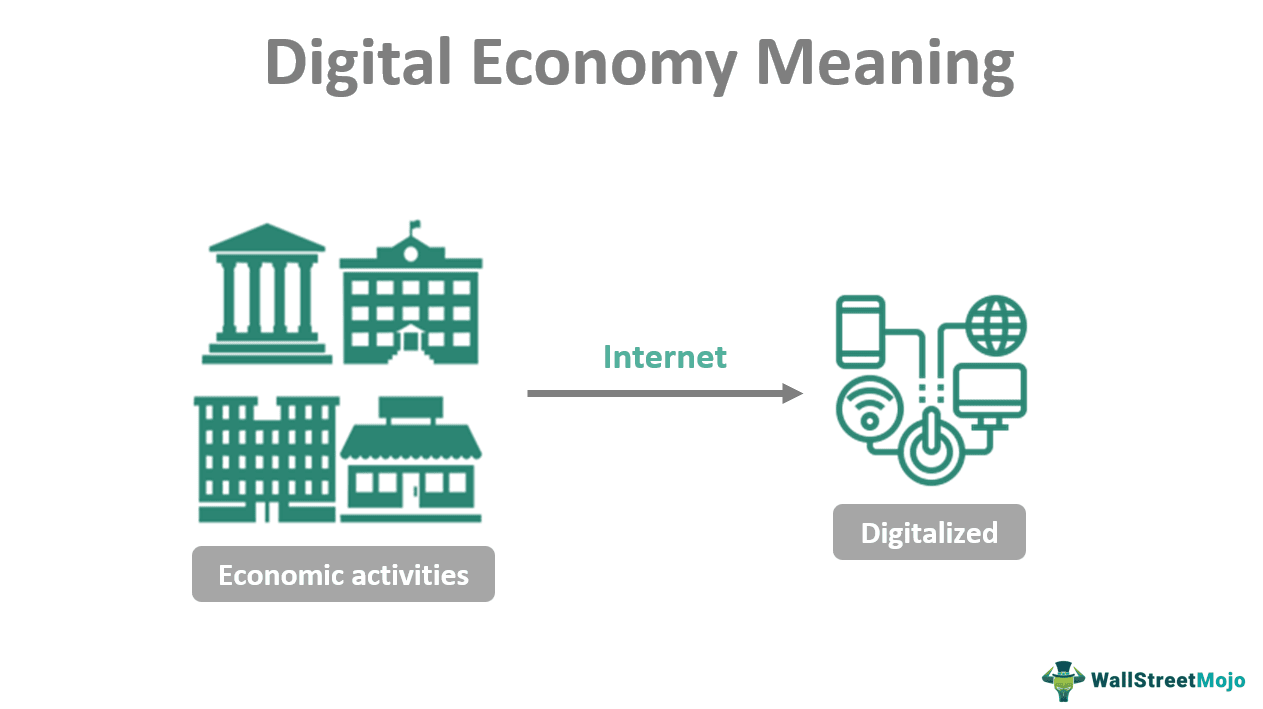How to Start a Small Business Successfully
Mia Wilson

Photo: How to Start a Small Business Successfully
How to Start a Small Business Successfully: A Step-by-Step Guide
Starting a small business can be an exciting yet challenging venture. Whether you have a groundbreaking idea or want to offer a valuable service to your local community, turning your vision into a successful business requires planning, perseverance, and a bit of savvy. This guide will walk you through the key steps to start a small business successfully, covering everything from planning and funding to marketing and scaling.
Understanding the Basics of Starting a Small Business
Before diving into the operational details, it's crucial to understand what a small business entails. A small business typically refers to an independently owned and operated entity with fewer employees and less revenue than large corporations. These businesses are essential to local economies, fostering innovation, and providing employment opportunities. Whether you aim to start a bakery, an online store, or a consulting firm, the fundamentals of setting up a small business remain largely the same.
Why Do Small Businesses Fail?
According to various studies, nearly 20% of small businesses fail within their first year, and about 50% do not survive beyond five years. The main reasons include:
- Poor financial planning
- Lack of market research
- Insufficient capital
- Weak marketing strategies
Understanding these pitfalls can help you proactively avoid common mistakes and build a stronger foundation.
Step 1: Develop a Solid Business Plan
Creating a well-thought-out business plan is the cornerstone of any successful small business. A business plan serves as a roadmap, outlining your goals, strategies, and financial projections.
Key Components of a Business Plan
- Executive Summary – Summarize your business idea, mission, and vision in a concise format.
- Market Analysis – Conduct research to understand your target market, competitors, and potential customer base.
- Products and Services – Clearly describe what you’re offering and how it meets market demand.
- Marketing and Sales Strategy – Outline how you will attract and retain customers.
- Financial Plan – Include projected income statements, cash flow analysis, and break-even points.
A well-crafted business plan not only helps you stay organized but also makes it easier to secure funding from investors or lenders.
Step 2: Secure the Necessary Funding
Many aspiring entrepreneurs struggle with raising sufficient capital to launch their businesses. Depending on the nature and scale of your venture, you may need a modest amount or significant investment.
Funding Options for Small Businesses
- Self-Funding (Bootstrapping)
If you have personal savings, using them can give you full control over your business without the pressure of repaying loans or sharing equity. - Small Business Loans
Banks and credit unions often provide loans tailored to small businesses. Make sure you have a solid credit history and a clear repayment plan before applying. - Investors and Venture Capital
For businesses with high growth potential, seeking venture capital or angel investors may be an option. However, this often involves giving up some control over your business. - Crowdfunding
Platforms like Kickstarter and GoFundMe allow entrepreneurs to raise funds by presenting their ideas to the public. This approach not only helps with funding but also builds initial brand awareness.
Step 3: Choose a Legal Structure
The legal structure you choose affects your tax obligations, liability, and day-to-day operations. Common options include:
- Sole Proprietorship – Simple to set up, but you’re personally liable for all debts.
- Partnership – Suitable for businesses with two or more owners.
- Limited Liability Company (LLC) – Offers personal liability protection while maintaining flexibility.
- Corporation – Provides the highest level of protection but involves more regulatory requirements.
It’s advisable to consult a legal professional or accountant to determine the best structure for your business.
Step 4: Register Your Business and Obtain Licenses
Once you’ve chosen a structure, you’ll need to register your business with the appropriate government authorities. This step typically involves:
- Choosing a unique business name
- Filing for an Employer Identification Number (EIN)
- Applying for necessary licenses and permits
Ensure you comply with local, state, and federal regulations to avoid legal issues down the line.
Step 5: Build an Online Presence
In today’s digital age, having an online presence is non-negotiable. Even if your business operates solely offline, potential customers are likely to search for information about you online.
Creating a Strong Online Presence
- Design a Professional Website – Include key information such as your services, contact details, and pricing.
- Utilize Social Media – Platforms like Instagram, Facebook, and LinkedIn can help you engage with your audience and build brand loyalty.
- Invest in SEO – Optimizing your website for search engines ensures potential customers can find you easily.
- Collect Customer Reviews – Positive reviews on Google and Yelp can significantly boost your credibility.
Step 6: Market Your Business Effectively
Marketing plays a critical role in attracting and retaining customers. Without a robust marketing strategy, even the best products or services may go unnoticed.
Cost-Effective Marketing Strategies
- Content Marketing
Creating valuable content through blogs, videos, and social media posts can help position your business as an authority in your niche. - Email Marketing
Building an email list allows you to maintain direct communication with potential and existing customers. - Networking
Attend industry events, join local business associations, and collaborate with other businesses to expand your reach. - Word-of-Mouth
Encourage satisfied customers to spread the word. Referral incentives can help boost this organic marketing channel.
Step 7: Monitor Progress and Adapt
No business environment remains static, and adapting to changes is crucial for long-term success. Regularly reviewing your business performance helps you identify areas for improvement.
Key Metrics to Monitor
- Customer Acquisition Cost (CAC)
- Lifetime Value of a Customer (LTV)
- Gross Profit Margin
- Monthly Recurring Revenue (MRR)
Use these metrics to measure growth, profitability, and customer satisfaction. If something isn’t working, don’t be afraid to pivot your strategy.
Conclusion: The Path to Small Business Success
Starting a small business successfully requires more than just a good idea it takes strategic planning, consistent effort, and the ability to adapt. By following these steps developing a solid plan, securing funding, choosing the right structure, and investing in marketing you’ll be well on your way to building a thriving business. Remember, success doesn’t happen overnight, but with perseverance and a commitment to learning, you can turn your entrepreneurial dreams into reality.
For You
View AllExplore the top EV charging networks for seamless electric vehicle travel. Find the most reliable and widespread options today!
Mia Wilson
Explore the definition of the digital economy and its influence on global business. Click for a clear breakdown!
Mia Wilson
Understand the bond market, its role in financing, and how it impacts the economy. Click to learn more!
Mia Wilson
Discover how connected car data is generating revenue for automakers and reshaping the driving experience. Explore the future!
Mia Wilson
Understand the severe consequences of sleep deprivation on your health and life. Learn how to prevent sleep loss today! Read now.
Mia Wilson
Push your limits with these extreme adventure destinations. From skydiving to volcano hikes, adrenaline junkies will love these epic trips!
Mia Wilson
Health










Education
View All
May 28, 2025
Should Sex Education Be Taught in Schools?
Dive into the debate about sex education in schools and its role in promoting informed and healthy choices. Share your thoughts!

May 1, 2025
How to Become an Educational Consultant
Learn how to become an educational consultant and guide schools or organizations to success. Start your career path now!

April 22, 2025
What Is Early Childhood Education?
Explore early childhood education, its benefits, and how it shapes a child’s future. Start building strong foundations!





